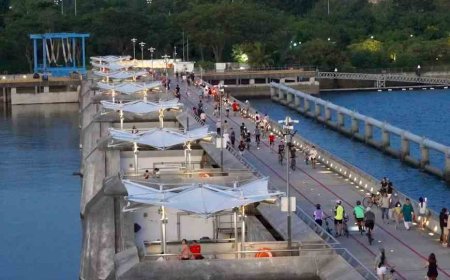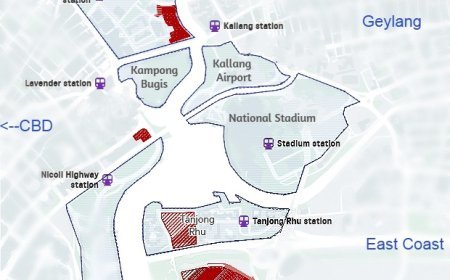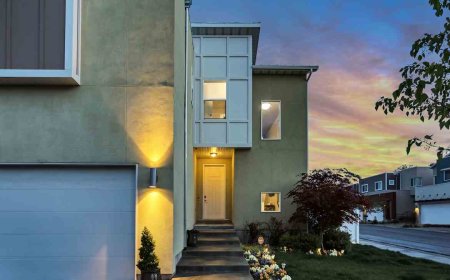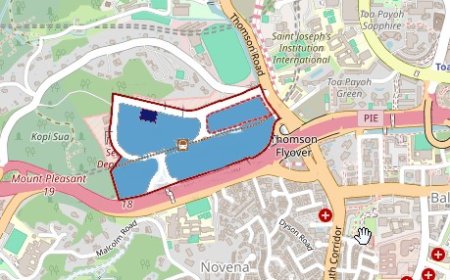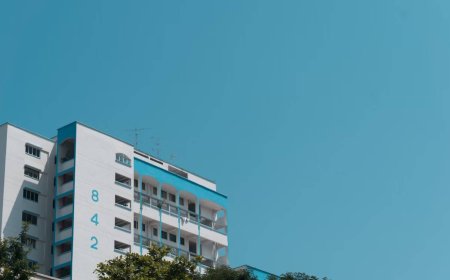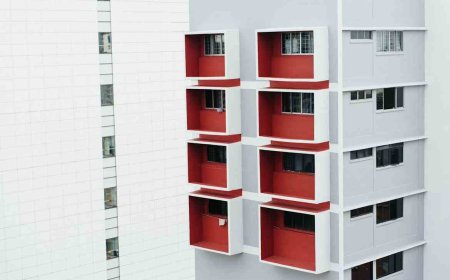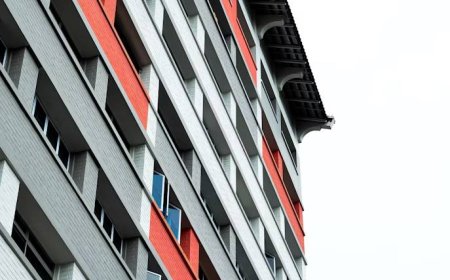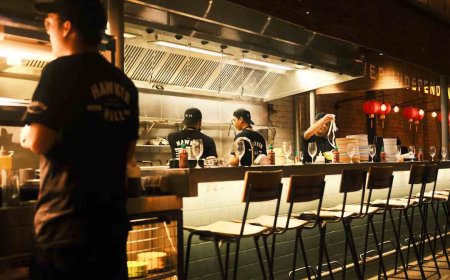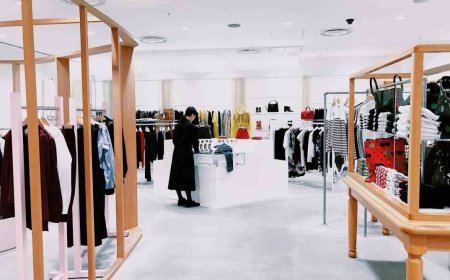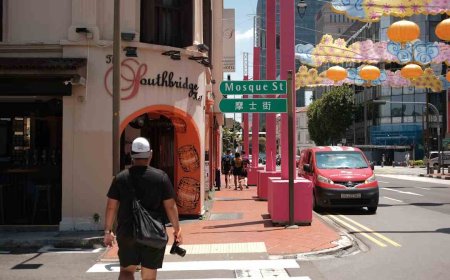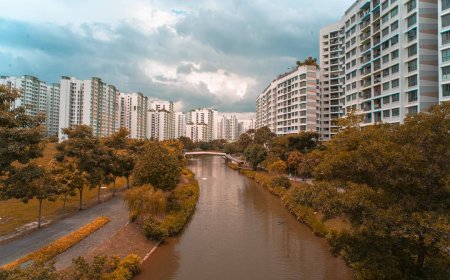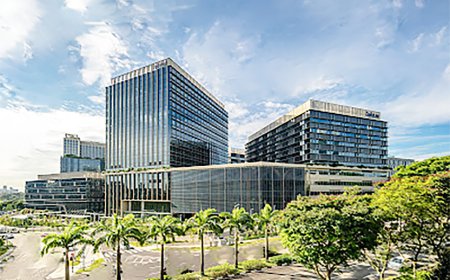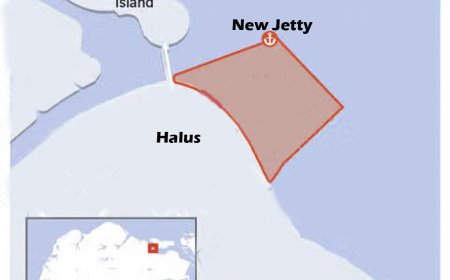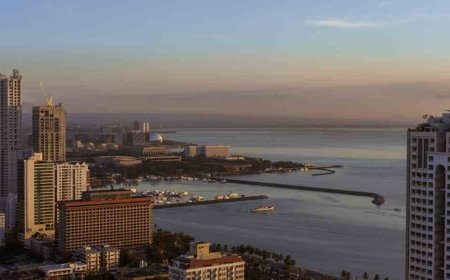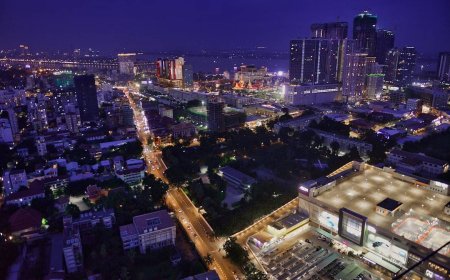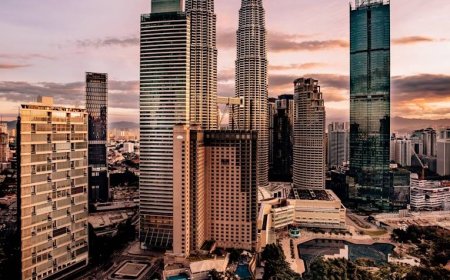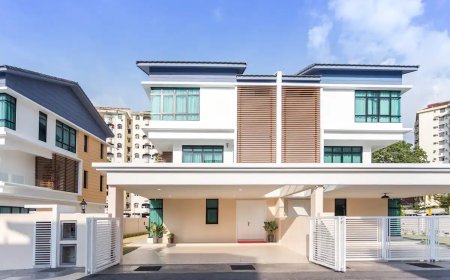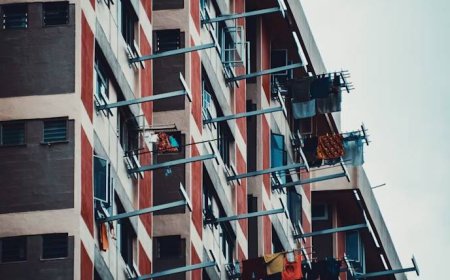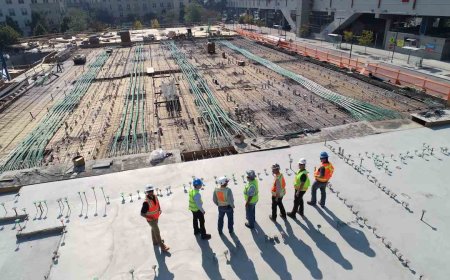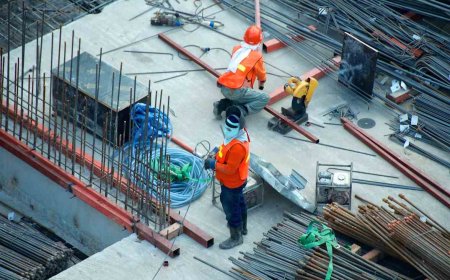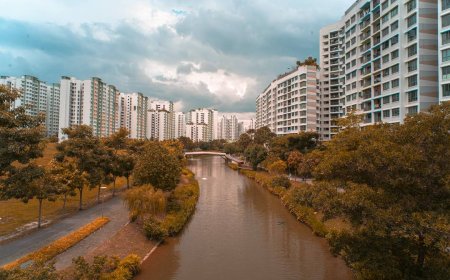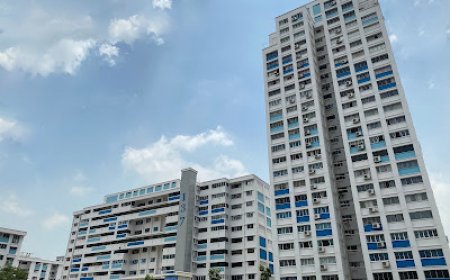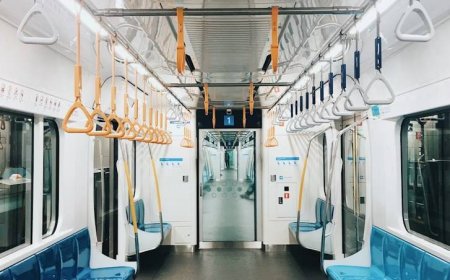Retail Market in Singapore Shows Diverging Performance Between Central and Suburban Areas
An in-depth analysis of Singapore’s retail property market in Q2 2025 reveals that suburban malls are outperforming central retail hubs. Vacancy rates in the Central Region have risen, while suburban spaces remain resilient due to strong connectivity and local customer bases.
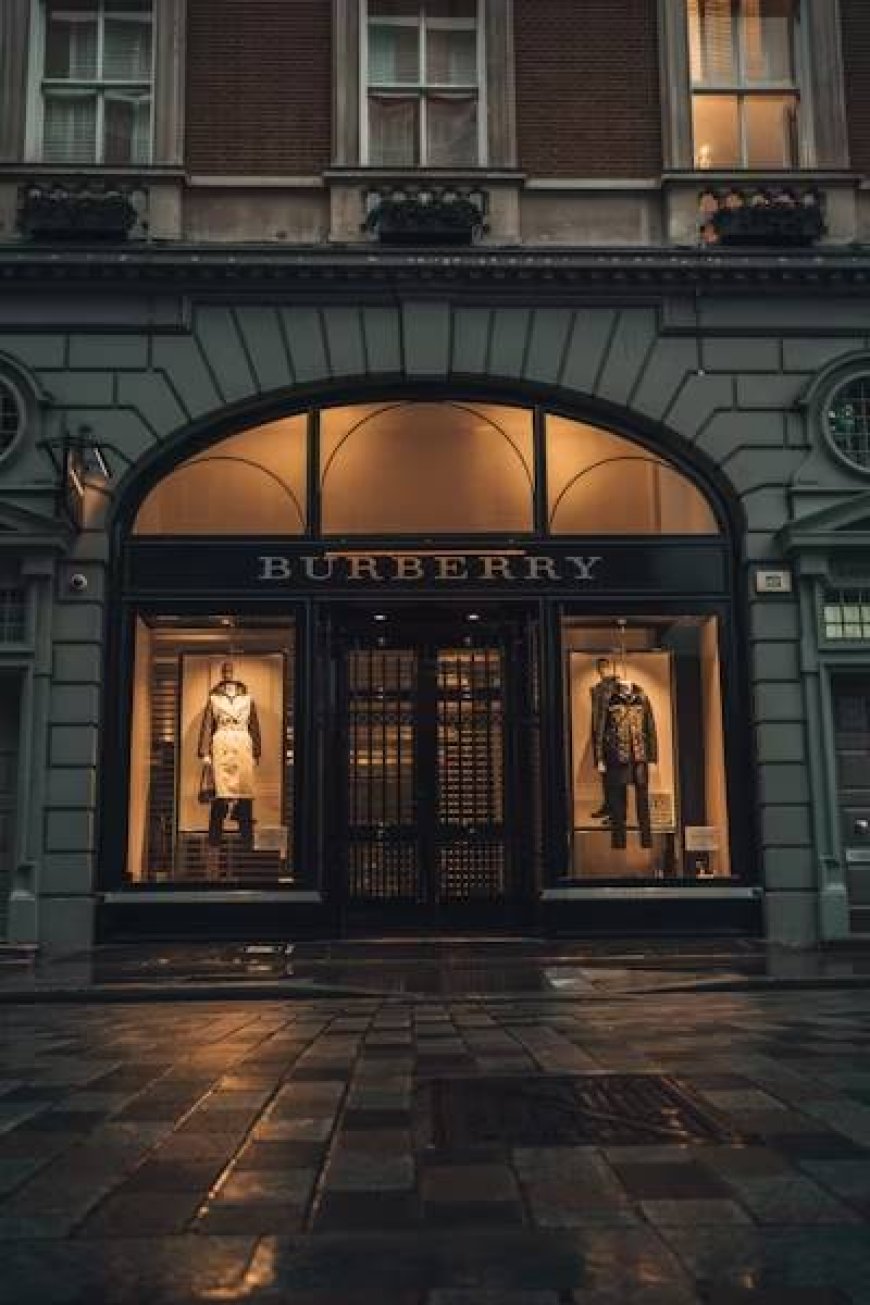
Singapore’s retail property market has entered a phase of contrasting performance, where suburban malls continue to thrive while central retail hubs face mounting challenges. According to market observations, overall retail vacancy rates rose to 7.1% in Q2 2025, representing a quarter-on-quarter increase of 0.3 percentage points. This shift is primarily driven by softer demand in the Central Region, signalling that location type is playing a pivotal role in performance outcomes.
Central Retail Struggles
The Central Region recorded a vacancy rate of 8.2%, marking a 0.6 percentage point rise from Q1. Within this zone, both the Downtown Core and the Rest of Central Area saw a net reduction in occupied retail space of approximately 75,000 square feet. This decline indicates a noticeable contraction in tenant activity, especially in areas dependent on office crowds, tourism, and higher-end shopping segments.
Example: Premium malls in central districts, such as those in Orchard Road and Marina Bay, may face slower leasing activity as competition from lifestyle-based suburban centres intensifies.
Suburban Malls Hold Steady
In contrast, suburban retail hubs have displayed remarkable resilience. The vacancy rate in these areas remains steady at 5.2%, showing no deterioration from the previous quarter. Analysts attribute this stability to strong transportation connectivity, strategic integration with residential catchments, and consistent daily foot traffic from local communities.
Example: Integrated developments in suburban nodes like Tampines, Jurong, and Punggol often benefit from their proximity to MRT stations and bus interchanges, ensuring a constant flow of shoppers even during economic slowdowns.
Future Supply and Market Outlook
The retail property pipeline over the next two years is expected to be limited, which could provide short-term support for occupancy levels and rental rates in better-performing assets. In 2025, completions are projected to deliver approximately 570,000 square feet of net lettable area (NLA), a decrease from 679,000 square feet in 2024.
Looking ahead, annual supply is forecast to drop below 380,000 square feet in 2026 and 2027. However, a rebound is anticipated towards 2028–2029, led by significant projects such as the Marina Bay Sands expansion, which will add fresh retail offerings to the market.
Leasing Challenges for Weaker Assets
While prime locations may see stable demand, owners of weaker-performing malls may need to adapt by offering flexible lease structures, rental incentives, or curated tenant mixes to attract retailers. This approach is essential in maintaining occupancy, especially in areas without strong catchment bases or transport links.
FAQ
Q1: Why are suburban malls outperforming central malls?
Suburban malls have the advantage of being closely linked to residential zones and transport hubs. This ensures steady daily footfall from local residents, unlike central malls that depend more heavily on office workers and tourists.
Q2: What is the main reason for rising central retail vacancies?
The Central Region faces reduced demand due to shifts in consumer spending patterns, competition from lifestyle-focused suburban centres, and slower recovery in tourist-driven shopping areas.
Q3: How will limited supply affect the market?
With fewer new retail spaces coming online in 2025–2027, occupancy and rents in prime assets may stabilise or even improve, as supply pressures ease.
Q4: Which upcoming projects may influence the retail sector?
Major developments like the Marina Bay Sands expansion, expected around 2028–2029, will introduce new retail opportunities and could revitalise demand in the Central Region.
Q5: What strategies can weaker malls adopt to improve performance?
Landlords can offer shorter lease terms, rental rebates, or innovative tenant mixes such as experiential retail, co-working spaces, and community-focused facilities to attract tenants.
Algene Toh
Disclaimer: The information presented on BSR2.com is intended for general informational purposes only. It does not constitute legal, financial, investment, or real estate advice and should not be relied upon as such. While every effort has been made to ensure the accuracy, reliability, and completeness of the content at the time of publication, all data is derived from publicly available sources and may be subject to change without notice. BSR2.com makes no representations or warranties of any kind, express or implied, regarding the suitability, timeliness, or accuracy of the information provided for any specific purpose. Users are strongly encouraged to seek independent advice from qualified professionals before making any decisions based on the content found on this website. BSR2.com shall not be held liable for any loss, damage, or consequence, whether direct or indirect, arising from the use of or reliance on the information provided. The content is intended as a general guide and does not take into account individual circumstances.
What's Your Reaction?
 Like
0
Like
0
 Dislike
0
Dislike
0
 Love
0
Love
0
 Funny
0
Funny
0
 Angry
0
Angry
0
 Sad
0
Sad
0
 Wow
0
Wow
0
